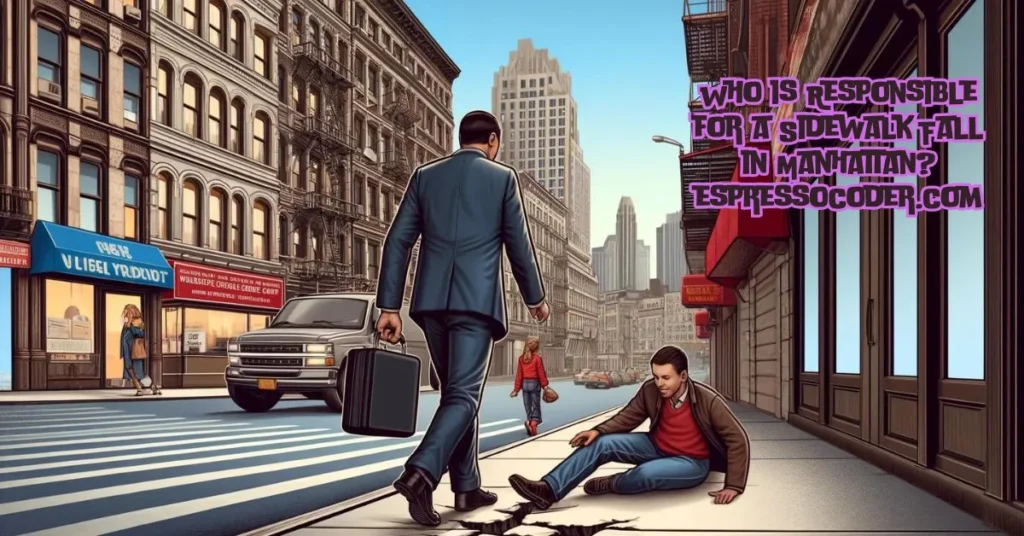Sidewalk falls in Manhattan can be traumatic experiences that often lead to serious injuries. In such events, determining responsibility is a crucial aspect of seeking compensation and justice for the injured parties. New York City laws stipulate that property owners are responsible for maintaining the sidewalks abutting their property, ensuring they are safe for public use. This obligation includes addressing snow removal, fixing cracks or potholes, and removing any tripping hazards.
However, liability is not always straightforward, as multiple factors can affect who is deemed responsible for a sidewalk fall. Factors such as the location of the sidewalk, the specific cause of the fall, and the actions or negligence of the injured party themselves can all influence a liability determination. For instance, if the fall occurs due to a transient condition such as ice or debris, the property owner may be liable if they did not take reasonable steps to remedy the condition in a timely manner.
Contents
Determining Liability for Sidewalk Accidents
In Manhattan, determining who is responsible for a sidewalk fall hinges on understanding the specific obligations of property owners, the city’s role, and the concept of comparative negligence.
Role of Property Owners
Property owners in Manhattan have a legal duty to maintain the sidewalks adjacent to their properties. They are required to keep these areas safe and reasonably clear of hazards that could lead to slips or falls. When a pedestrian falls and sustains an injury due to a defective sidewalk that adjoins private property, the property owner may be held liable for failing to:
- Repair dangerous conditions.
- Warn of known hazards.
- Remove snow, ice, or debris within a certain time frame after a weather event.
In such instances, a Manhattan Personal Injury Attorney can be instrumental in helping the injured party seek compensation.
Municipal Responsibilities
The City of New York can also be held responsible for sidewalk accidents, particularly when the fall occurs on sidewalks next to public property or due to the city’s failure to enforce ordinances. However, there are specific rules and time limits for filing a claim against the city. Claimants need to show that:
- The city owned or controlled the sidewalk.
- The city was aware of the hazardous condition.
- The city failed to rectify the condition in a reasonable time frame.
Engaging a knowledgeable attorney can be critical in navigating these claims given the complexity of the city’s liability.
Legal Process and Compensation
In the event of a sidewalk fall in Manhattan, victims may be entitled to pursue legal action for compensation. Understanding the legal process and potential recovery is vital for those affected.
Filing Injury Claims
Victims should contact a Manhattan Personal Injury Attorney promptly to assess their case. The claims process generally involves:
- Documentation of the incident: Evidence such as photographs, witness statements, and medical reports are crucial.
- Identifying responsible parties: This may include property owners, lessees, or municipal entities.
- Filing a Notice of Claim: If a governmental body is responsible, a claim must typically be filed within 90 days of the incident.
- Litigation or settlement: The attorney will negotiate for a settlement or represent the victim in court if necessary.
Potential Damages and Recovery
Compensation in sidewalk fall cases can cover:
- Medical expenses: Immediate and ongoing health care costs.
- Lost wages: Compensation for time off work due to the injury.
- Pain and suffering: Monetary recompense for physical and emotional distress.
To determine the value of a claim, attorneys will consider:
- The severity and permanence of the injury.
- The impact on the victim’s quality of life.
- The likelihood of full recovery.
It is essential to engage with a knowledgeable attorney who can navigate these complexities and strive to ensure fair compensation.











